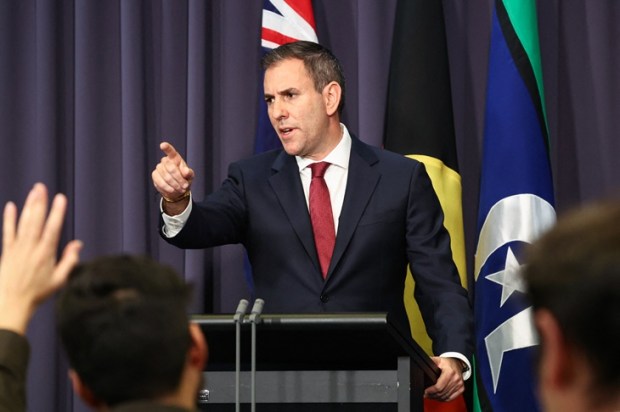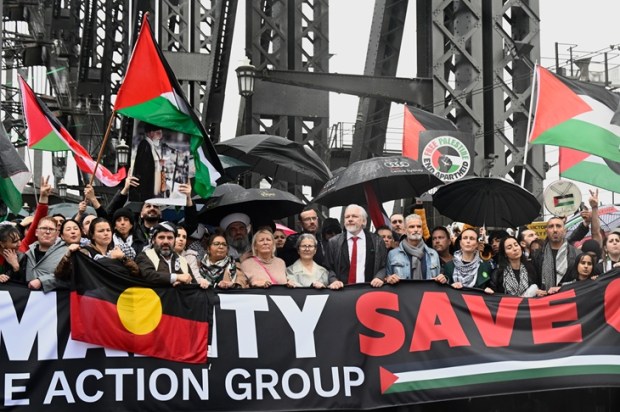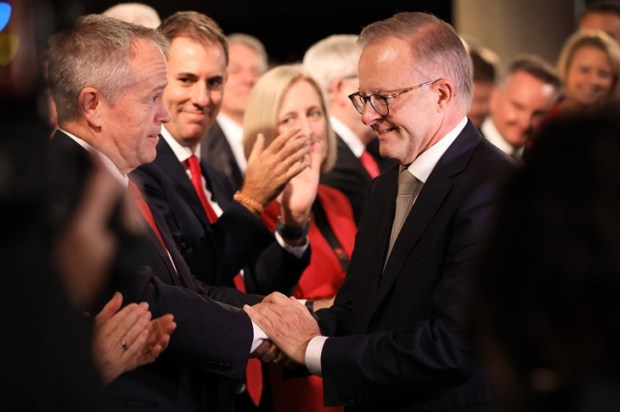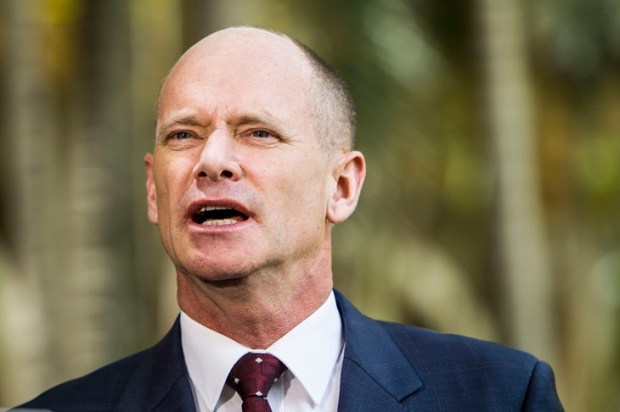The over 100 recommendations to the Victorian government, including Aboriginal reparations, natural resource revenue, and selling off public land, made by the Yoorrook Commission’s latest report Truth Be Told, rests entirely on one historical claim:
‘The scars of colonial invasion – its massacres, violence, and relentless erasure – are not confined to the past. They reside in the present, shaping the lives of First Peoples in Victoria today.’
It took four years and $44 million to write the report, and in a public statement the Premier of Victoria has not ruled out any recommendations.
The authors of the report claim that the single most influential and damaging historical event was the massacring of Aboriginal people.
Put simply, the gap in education, health, income, housing, domestic violence, substance abuse, homicides, suicides, and a whole plethora of issues, is implied to exist because of European violence perpetrated around 200 years ago.
Let me be clear, Aboriginal people were the victims of massacres.
But the report oversimplifies European colonisation, over-exaggerates the death toll, and overlooks the other causes of Aboriginal population decline.
Geoffrey Blainey, the preeminent historian on not just Australian history, but also Victoria, writes in A History of Victoria (2013):
Aboriginal people themselves killed more Aboriginals than Europeans in the early pastoral era. Indeed, some Aboriginal people thought that one advantage of the coming of the British was the decline of deaths caused through their own internal strife. ‘Before you came here,’ said one Aboriginal person, ‘the country was strewn with bones, and we were always at war.’ Now it was a different kind of war, and by 1845 it was largely over.
For example William Thomas, who was the assistant protector of the Aboriginals, documented a devastating massacre in 1834 near modern-day Melbourne. So significant was the loss of life that the historian Marie Fels who handled the early manuscripts of Thomas, at first believed the death toll of 77 was a handwriting error.
In Western Australia, the Goonyandi people who occupied an area larger than the African nation of Gambia was dislocated by their neighbouring tribe, the Walmadjari people. Blainey argues ‘the loss of territory must have been a frequent event’.
When the British first arrived in Victoria, Blainey explains that most Aboriginal people were not at first hostile to the newcomers. Many expressed curiosity and excitement at the new strangers. They marvelled at inventions like the tinderbox which easily lit fires, an important commodity for Aboriginal people, and amazed by the noise and power of firearms.
What caused the conflict between the two societies? As Blainey points out, ‘They were probably as far apart as any societies thrust against each other in the history of the human race.’ Even if both sides had all the goodwill in the world, their interactions and the process of colonisation was bound to be chaotic.
This moment came with the arrival of sheep. Aboriginal watering holes were taken over by sheep, pastural land competed with their food sources, and their sacred sites were desecrated by these domesticated animals. On the other hand, Aboriginal people habitually lit fires and maimed or killed sheep. This was misunderstood as acts of aggression on the part of squatters. On some sheep runs, relations were cool but on some, they were in the words of Blainey, ‘explosive’.
How many Aboriginal people were killed by Europeans? The figures will be continually debated, but as Blainey points on in his book, the often-cited figure of 2,000 is over-exaggerated. The number is much closer to 400.
This is because disease was more deadly than guns.
Most Aboriginal people were given clothes and blankets when the first Europeans arrived, yet many died as a result of not understanding that wet clothes and lying wet in a blanket could lead to pneumonia and influenza. The respiratory disease would wipe out hundreds.
Blainey argues:
They had no immunity to influenza and smallpox and measles and tuberculosis, and they died in their hundreds. Venereal disease ran amok, and in the Loddon Valley protectorate nine of every ten Aboriginal women were said to be infected at the end of 1841. According to the official count of the two Aboriginal tribes around Port Phillip and Western port, their population fell from about 350 in 1836 – when disease had already done its work – to a mere seventy-nine in 1850.
Because of disease, infant mortality and modernisation, Aboriginal society, kinship, and way of life was decimated. Their numbers were fell to below 3,000 in 1850. Despite the efforts of the government to establish an Aboriginal protectorate, it could not stop the severe decline in population.
In sum, colonisation was a tragedy for most Aboriginal people, but it was not the violent and intentional genocide of an entire race made up by the Yoorrook Commission.
Why does it matter?
To have an effective solution, you must accurately diagnose the problem.
By an extension of the commission’s own logic, it would be absurd to suggest that current Aboriginal maladies are the result of inter-tribal violence from 200 years ago.
If the problem with closing the gap is historical injustice, then truth telling, a treaty, and reparations would solve the issue.
The Yoorrook’s explanation of history over-exaggerates, overlooks and oversimplifies Australian history to suit a political agenda that will not address the everyday concerns of Aboriginal communities.
The truth of history is often complicated and tragic. All of it needs to be told.
Only then can we begin to practically help those most in need.

























